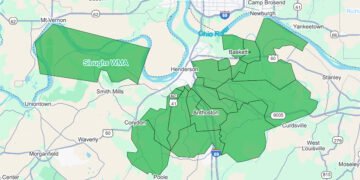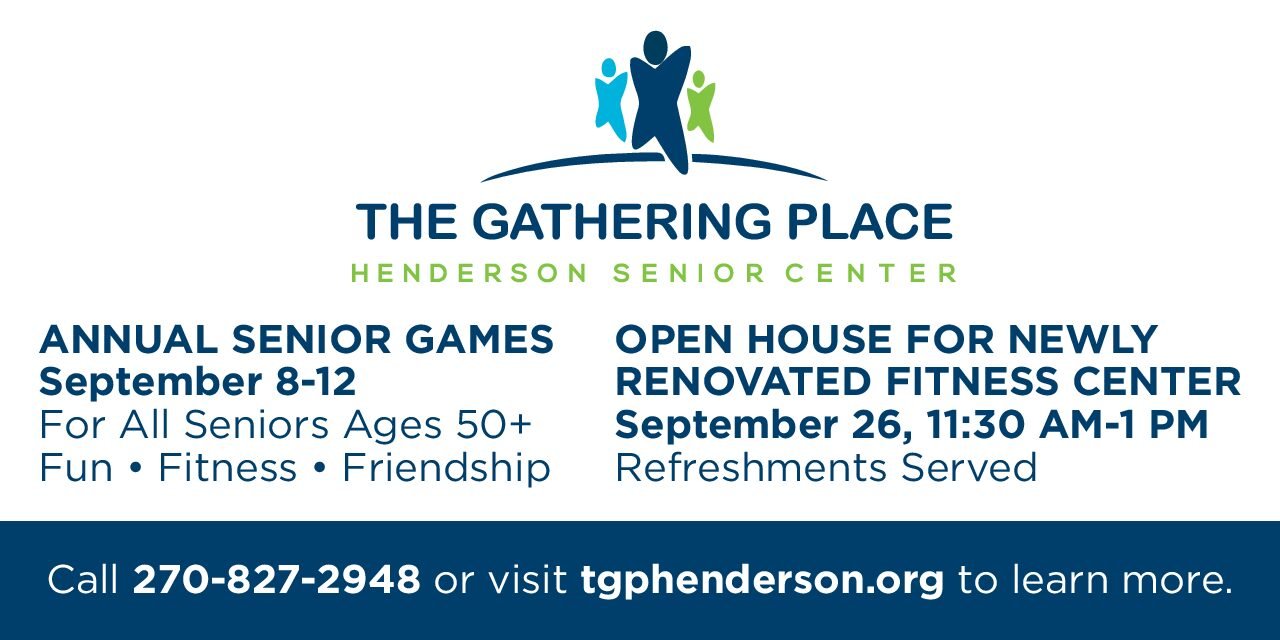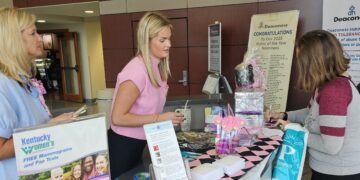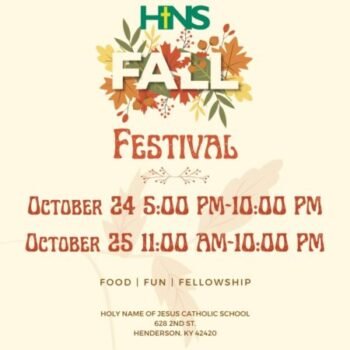A couple months later, she witnesses his first message as Pope Leo XIV
As part of her work as the executive coordinator for the Canon Law Society of America, former Henderson resident Donna Sauer Miller has gone to the Vatican twice to meet with prefects heading 16 dicasteries which are departments or ministries that assist the pope in operations of the Roman Catholic Church.
In these meetings, she and colleagues ask prefects if there is anything the CLSA can contribute to their dicasteries while also bringing specific questions about canon law to the prefects and answering any questions those prefects may have.
In a late February/early March visit to Rome, when Pope Francis was sick, many of the prefects Miller met with were anxious about Francis’ health, she said. Miller remembered leaving one of those meetings thinking that she didn’t want Francis to pass, but if he were to, the Cardinal she’d just met with would be “a great pope.”
He never shied away from tough questions that the Church is dealing with, was very open and very honest, so engaging and very articulate, said Miller, who was born in Henderson, taught at Holy Name School early in her career and later practiced law here for several years before pursuing a canon law degree and working at the Diocese of Owensboro.
At the end of the meeting, she even invited the prefect to become an honorary member of the Canon Law Society of America, to which he responded, “Oh, that would be so nice,” she said.
In the hallway after the meeting, an official who spoke Italian passed by the group—the prefect, Miller and two associates, Dr. Diane Barr, CLSA vice president, and Fr. Patrick Cooney, president of CLSA—and the prefect proceeded to translate the English-to-Italian conversation between the official and the group for five minutes.
“What a humble person he was,” Miller said, and down-to-earth.
That prefect was Cardinal Robert Francis Prevost, who at the time headed the Dicastery for Bishops.
Now you know him by Pope Leo XIV.
But that’s not the end of Miller’s story, a tale filled with occurrences difficult to tell, she says, whether they came from grace or happenstance. Miller leans toward grace.
She returned to Rome a bit less than two months later.
As part of her work with CSLS, Miller, who works remotely from her home in central Florida, writes numerous papers and reports, and in the past couple years, she has been conducting research about a church initiative called the Synod on Synodality. Miller was invited to share her findings and results at a symposium, starting in late April, at the Rome campus of the Australian Catholic University.
Miller had booked the spring trip months earlier, and this time, she was taking her husband, Rick, who had recently taken an early retirement. Instead of just jetting in for the symposium and leaving days later, the couple decided to extend the trip and do some tourist activities.
A few days before their April 24 flight, Pope Francis, at 88 years old, died. So when they arrived in Rome, Francis was still lying in state. Their accommodations were ¼ mile from St. Peter’s Basilica, so after getting settled, they rushed there, waited 2 ½ hours in line and were able to see Francis lying in state.
The next day was Pope Francis’ funeral, which the couple didn’t attend. But as they were out that day at the Roman Coliseum, the motorcade with his coffin passed them by.
Days later, Rick and Donna toured the St. Mary Major Basilica, tickets to which they had bought well before the trip, she said. St. Mary Major Basilica is where Pope Francis is buried. So, they were in the presence of Francis three times, Miller said.
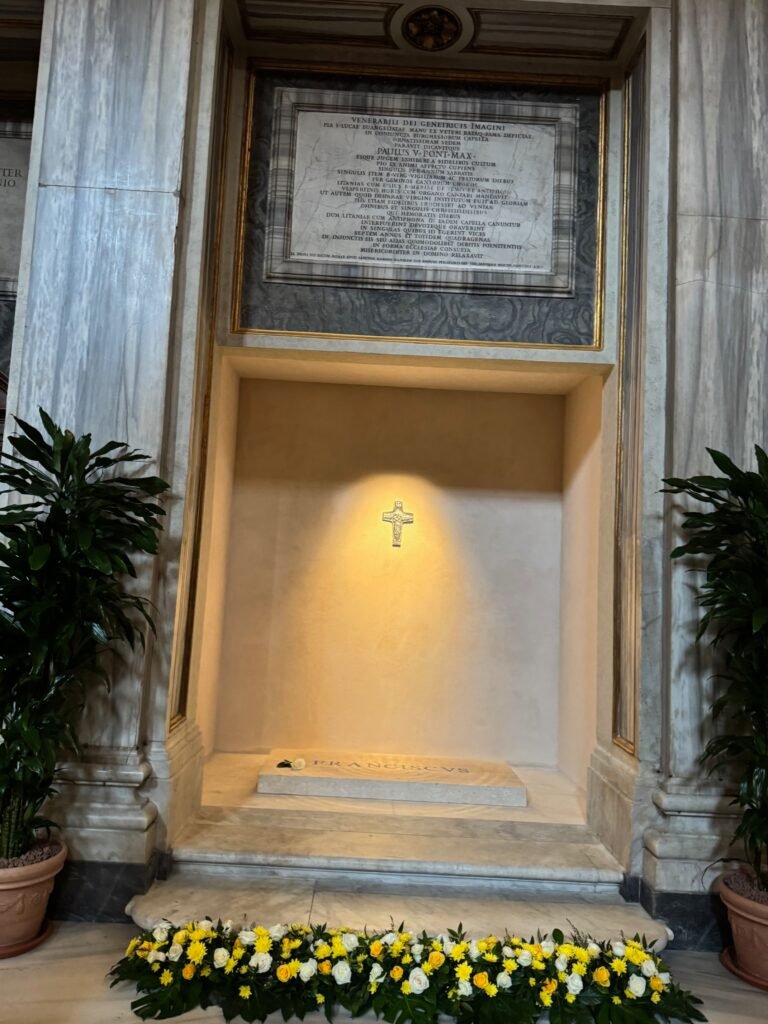
Soon, it was announced that the conclave to elect the next pope would begin on May 7, and Miller said they were excited that they would still be in Rome at least for the beginning of it.
On the day that the conclave began, Donna and Rick were on another tour, this time at St. Peter’s tomb, which is deep below St. Peter’s Basilica. At the time of the tour, 4:30 p.m., the conclave began, and Miller said those on the tour kneeled at the St. Peter’s tomb and said a prayer for his next successor.
The next day, Miller was in the booked apartment where they were staying when she began receiving texts from people in the U.S. The message: “White smoke! White smoke!”
Again, they rushed to St. Peter’s Square, where people were “crowded in like sardines” and stood for over an hour looking up at the central balcony of St. Peter’s Basilica where the announcement would be made. She said she could barely see the window.

Because the announcement—“Habemus papam!” and then his name in Latin, “Robertum Franciscus”—came over loudspeakers across the crowded and buzzing square, Miller said it was hard to hear and so it took her a moment before she came to a conclusion: “That’s Cardinal Prevost!”
Still, she wasn’t sure, but kept hearing snippets in Italian, “Americano. Americano.”
Minutes late, when Cardinal Prevost, now Pope Leo, came onto the balcony to make his first appearance, Miller said, “I just burst into tears.”
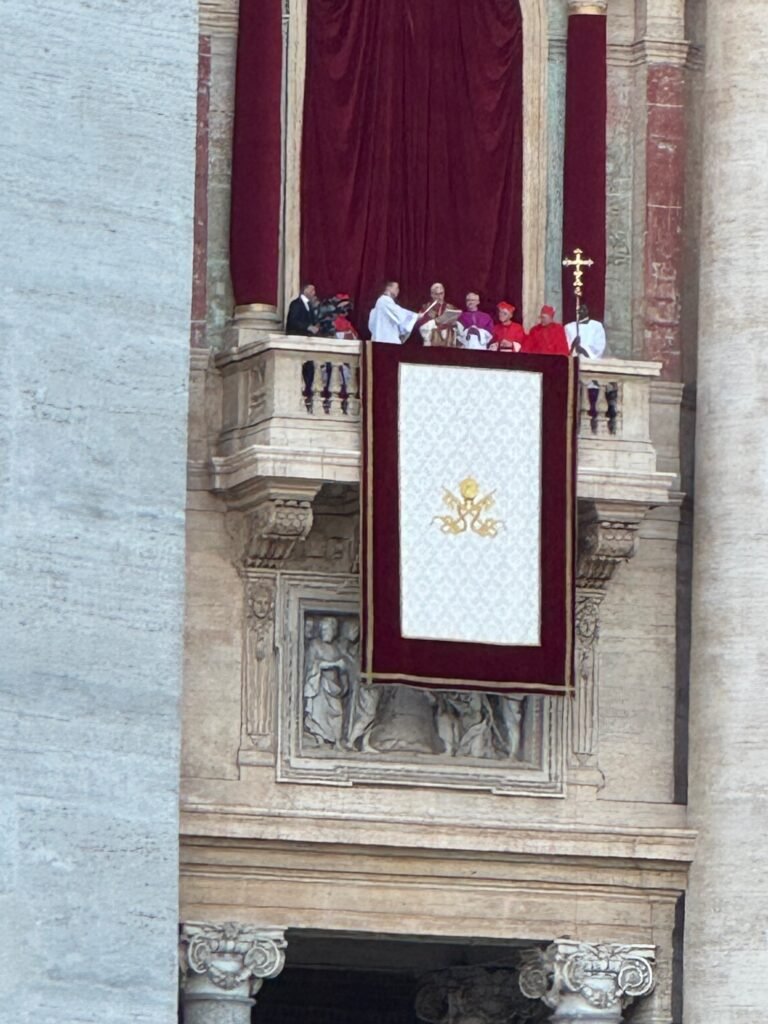
There was a woman behind her, who patted her on the back and asked, “Family?”
“He’s not family, but he’s American,” Miller said. “It was very emotional.”
Reflecting back on the emotions, Miller said that the Vatican can seem like such a distant place, and with Catholics in the U.S. making up a small percentage of those in the world, it always seems a pope will be from somewhere else.
“They seem like faraway people,” she said.
But for Miller, Pope Leo was someone she’d spoken with, asked questions of, shaken hands with and taken photos with. Maybe the pope wasn’t so faraway, she thought, and it started to feel like he could be a family member or someone from her church. She felt that after being in a room with him for about an hour that she could easily walk up to him and have a conversation.
“This is somebody I can relate to, someone who could be my next-door neighbor,” she said. “This is a person who’s just like us.”
Now, there’s work ahead for the new pope. It’s been said that an American wouldn’t be chosen as pope, especially as this country is still seen as the most powerful in the world. Miller said many thought the election of an American pope would concentrate too much power in the U.S., even if Leo has lived most of his adult life in Peru and now Italy.
Miller, like many other commentators have said, believes Leo was chosen because he can “build bridges” in a divided world.
“I’m praying that this pope can do that,” Miller said.
And she’s keeping open the possibility that Pope Leo, already a Canon lawyer, is still open to becoming an honorary member of the CLSA, though he’s got a bit more on his plate now than he did a couple months ago.






